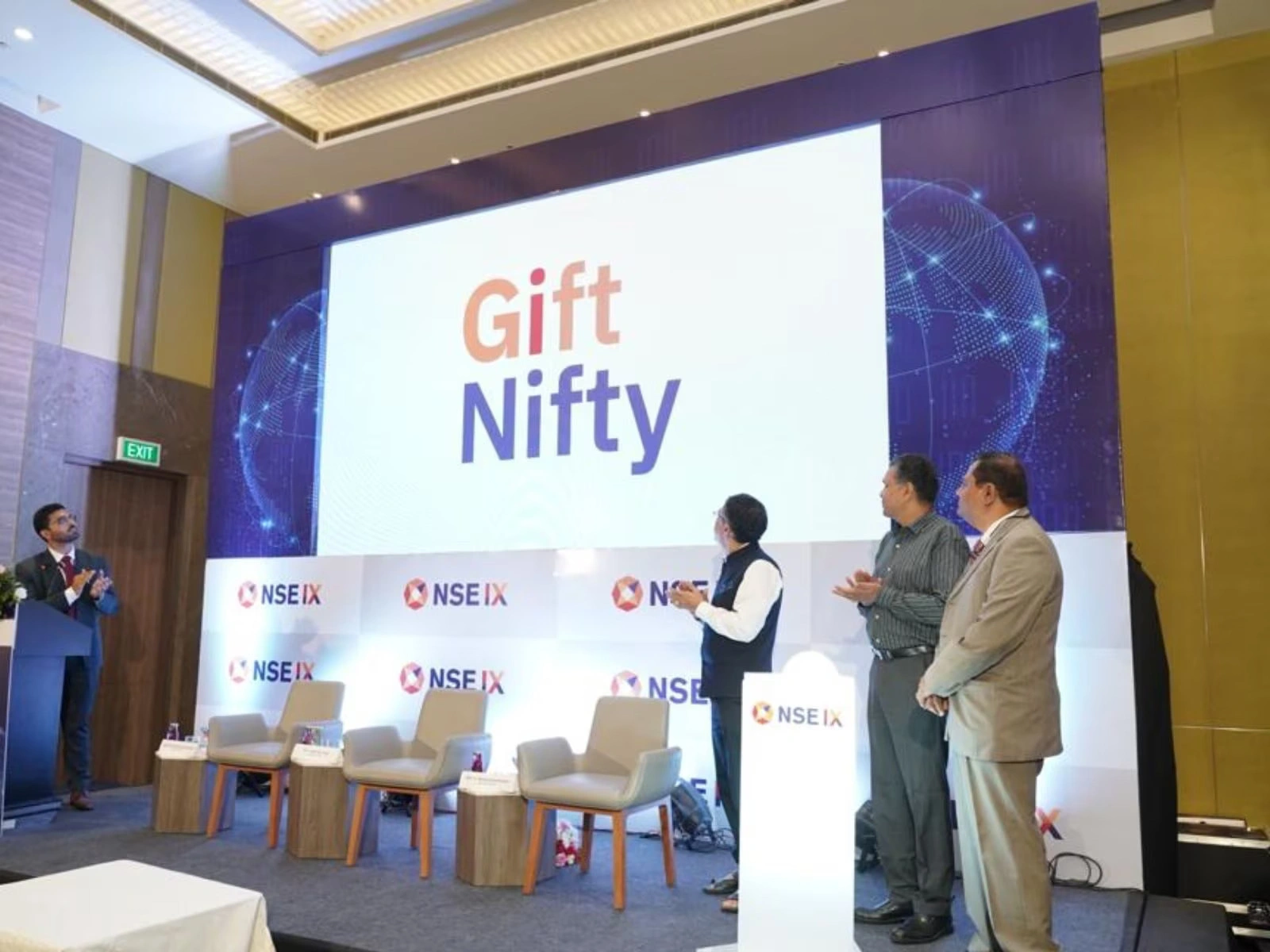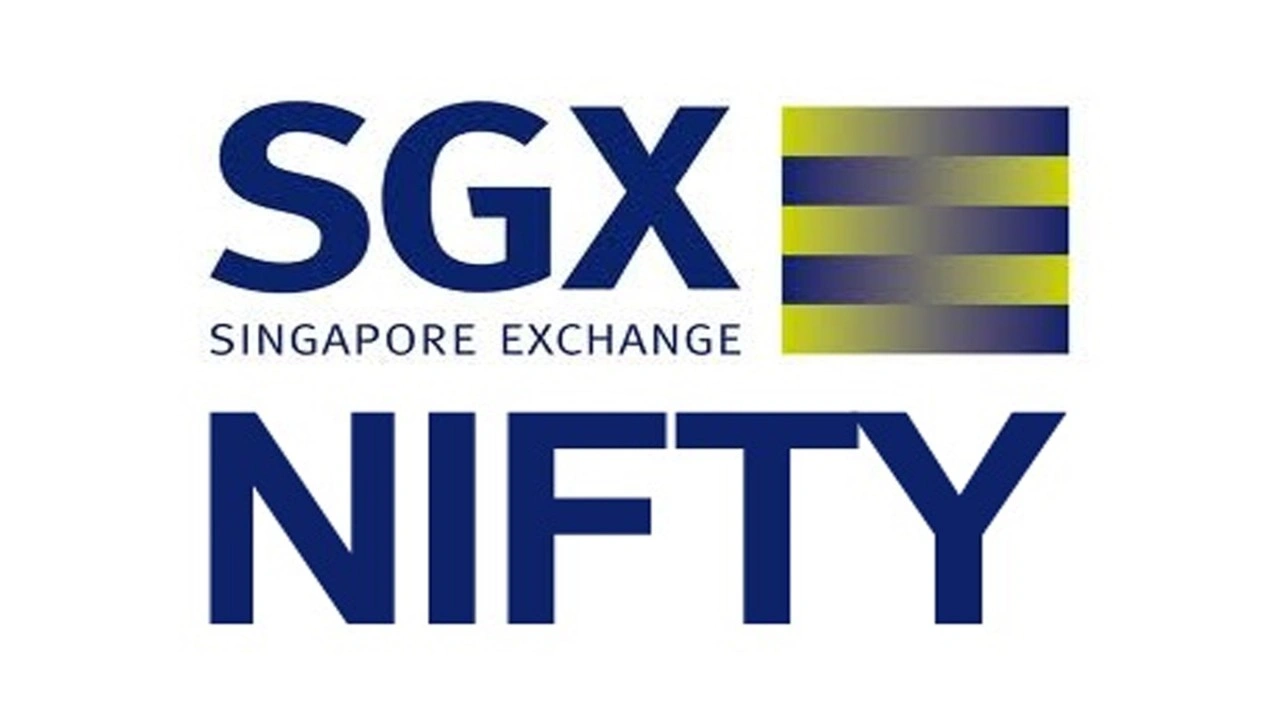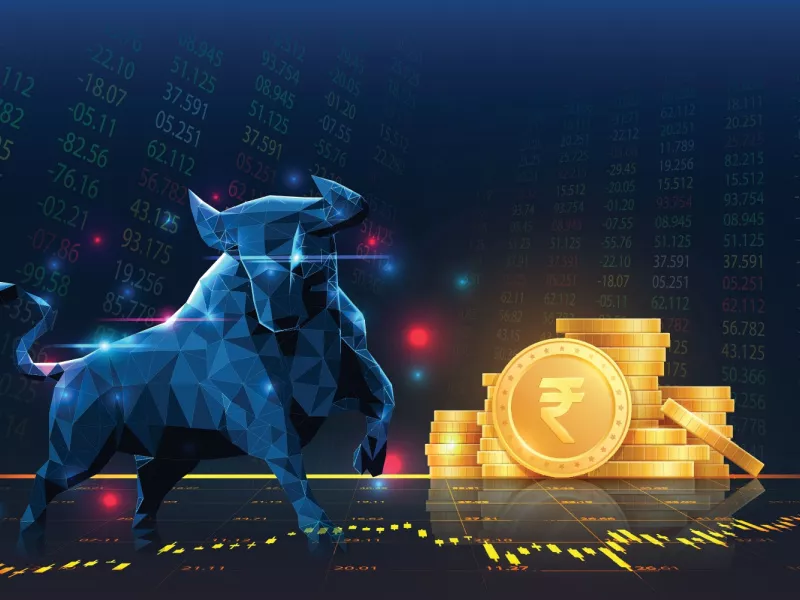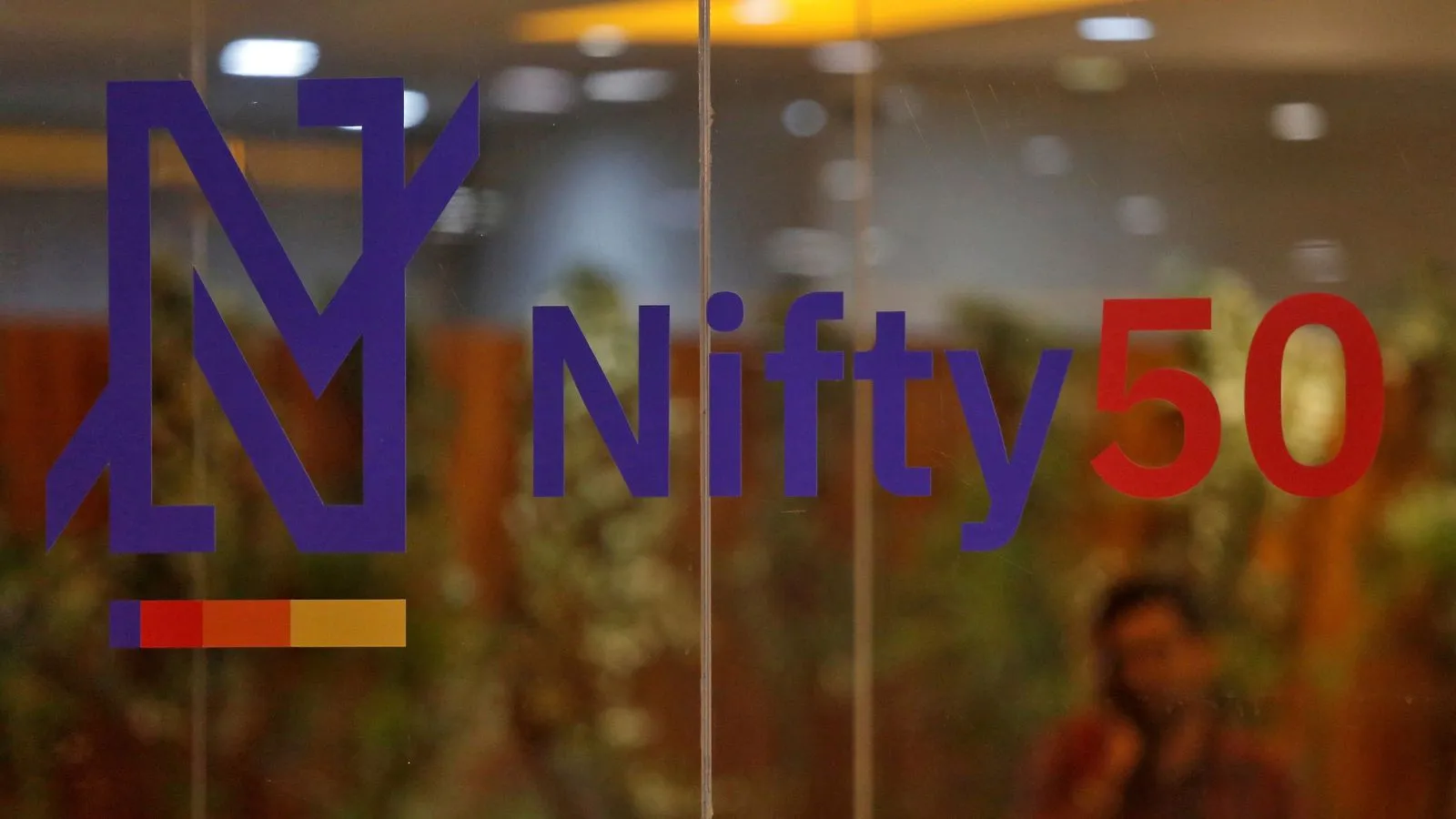If you’ve been keeping tabs on Nifty futures trading, you’ve likely noticed something big—SGX Nifty is no more. In its place comes GIFT Nifty, and while the two might seem similar on the surface, this transition marks a major milestone for India’s financial markets.
If you’re scratching your head thinking:
- What exactly is GIFT Nifty?
- Why did SGX Nifty stop?
- How will this impact me as a trader—whether I’m in India or overseas?
Don’t worry—I’ve got you covered.
This blog post is your one-stop guide to GIFT Nifty vs SGX Nifty. I’ll explain everything from its origins to trading hours, tax benefits, and why this shift matters for global and domestic traders alike.
Tip: Check live Gift Nifty trading price at giftnifty.com.in.
By the time you finish this article, you’ll have a clear, detailed understanding of:
- What GIFT Nifty and SGX Nifty are,
- Why the transition happened,
- How GIFT Nifty works, and
- What opportunities this unlocks for traders.
Let’s get started.
What is GIFT Nifty? A Detailed Overview
Before we dive into comparisons, let’s first understand what GIFT Nifty is and why it matters.
GIFT Nifty refers to Nifty 50 futures contracts that are traded on the NSE International Exchange (NSE IX). This exchange operates out of Gujarat International Finance Tec-City (GIFT City), India’s first International Financial Services Centre (IFSC).

In simpler terms:
GIFT Nifty allows global investors to trade Indian Nifty futures without needing to come to India physically. It’s like the earlier SGX Nifty but based within India.
Tip: Know in more detail about Gift Nifty in our What is Gift Nifty blog post.
Key Features of GIFT Nifty
Here are the standout features that make GIFT Nifty a significant platform:
- Location:
- Traded on NSE IX, which is located in GIFT City, Gujarat.
- GIFT City is designed as a tax-efficient, global trading hub for international investors.
- Currency:
- Like SGX Nifty, GIFT Nifty contracts are traded in USD. This makes it easy for global investors to trade without worrying about currency exchange risks.
- Trading Hours:
- One of GIFT Nifty’s biggest advantages is its 21-hour trading cycle. It aligns with major global markets, such as the U.S., Europe, and Asia.
- Trading hours are: 4:00 AM to 2:00 AM IST (next day).
- Tax Benefits:
- GIFT City offers several tax incentives, such as:
- No capital gains tax for traders,
- Exemptions on stamp duty, and
- Additional benefits for brokers and market participants.
- GIFT City offers several tax incentives, such as:
- Exchange Platform:
- Trading takes place on NSE International Exchange (NSE IX), a subsidiary of the National Stock Exchange (NSE).
- Settlement:
- Contracts are settled in USD through a robust clearing system managed by NSE IX.
- Regulations:
- GIFT Nifty operates under the regulatory oversight of the International Financial Services Centre Authority (IFSCA).
What was SGX Nifty? Why Was it Popular?
To fully understand the shift, let’s rewind and talk about SGX Nifty.
For years, SGX Nifty allowed international investors to trade Nifty futures on the Singapore Exchange (SGX). It became popular because:

- Offshore Access:
- Investors who didn’t want to trade directly on the National Stock Exchange (NSE) in India could easily access Nifty futures on SGX.
- USD-Denominated:
- SGX Nifty contracts were traded in USD, making it seamless for global investors.
- Extended Trading Hours:
- SGX Nifty started trading much earlier than Indian markets (NSE), giving traders a head start.
- This was particularly useful for hedging overnight positions before the NSE opened.
- Global Trust:
- Singapore Exchange is recognized as a reliable, globally compliant platform.
Essentially, SGX Nifty acted as a proxy for Indian markets, allowing global investors to bet on Nifty’s movements.
The Transition – Why GIFT Nifty Replaced SGX Nifty
Now, let’s address the million-dollar question: Why did SGX Nifty get replaced by GIFT Nifty?
The answer lies in India’s vision to become a global financial powerhouse.
Key Reasons for the Transition
- Bring Liquidity Back to India:
- With SGX Nifty being traded in Singapore, India lost significant liquidity and trading volumes to offshore markets.
- By moving Nifty futures to GIFT City, India ensures that liquidity remains within its borders.
- Develop GIFT City as a Global Hub:
- GIFT City is India’s ambitious project to rival international financial centers like Singapore, Hong Kong, and Dubai.
- Introducing GIFT Nifty positions GIFT City as the go-to destination for global Nifty trading.
- Tax and Regulatory Control:
- Trading in India allows for better regulatory oversight and tax management.
- GIFT City offers tax benefits, making it attractive for international traders.
- Economic Growth:
- Higher trading volumes within India contribute to economic growth and increase investor confidence.
- Global Competitive Edge:
- GIFT Nifty offers everything SGX Nifty did—USD contracts, extended hours, and seamless trading—while also aligning with India’s economic interests.

GIFT Nifty vs SGX Nifty – In-Depth Comparison
Now that we know the basics, let’s compare GIFT Nifty and SGX Nifty in minute detail:
| Parameter | GIFT Nifty | SGX Nifty |
|---|---|---|
| Location | NSE IX, GIFT City, Gujarat (India) | Singapore Exchange (SGX), Singapore |
| Exchange | NSE International Exchange | Singapore Exchange |
| Currency | USD | USD |
| Trading Hours | 21 hours (4 AM – 2 AM IST) | Extended hours, aligned with SGX |
| Settlement | USD Settlement in GIFT City | USD Settlement in Singapore |
| Regulatory Body | IFSCA (Indian Regulation) | MAS (Singapore Regulation) |
| Tax Benefits | Significant tax incentives in GIFT City | Standard tax norms |
| Primary Audience | Global Traders + Indian Traders | Predominantly International Traders |
| Liquidity | Growing rapidly (post-transition) | Historically high (pre-transition) |
| Strategic Importance | Supports India’s vision for GIFT City | Offshore access to Indian Nifty |
Impact of GIFT Nifty on Traders
The shift from SGX Nifty to GIFT Nifty has brought about significant changes for different sets of traders. Let’s break it down for domestic and international investors:

1. Impact on International Traders
For international traders, GIFT Nifty has made the process seamless, while introducing added benefits:
- No Additional Currency Risks:
Like SGX Nifty, GIFT Nifty contracts are USD-denominated. Traders can hedge and speculate without worrying about forex fluctuations. - Tax Incentives:
GIFT City offers a zero capital gains tax environment and exemptions on stamp duty, significantly reducing costs for global investors. - Extended Hours:
With 21-hour trading, GIFT Nifty aligns with the schedules of global markets like the U.S., Europe, and Asia, making it easier to trade across time zones. - Compliance and Regulations:
Traders benefit from a secure and regulated framework under the International Financial Services Centre Authority (IFSCA).
2. Impact on Indian Traders
For Indian traders, GIFT Nifty opens up exciting opportunities to participate in global markets:
- Increased Liquidity:
GIFT Nifty is attracting large international players, which means better liquidity and volumes—beneficial for price discovery. - Opportunities for Arbitrage:
Indian traders can take advantage of the price differentials between NSE and GIFT Nifty futures to make profits. - Boost for Indian Financial Markets:
By shifting trading to GIFT City, India ensures that liquidity stays within its economy, strengthening domestic markets. - Accessibility to Global Trading:
Traders based in India now have access to GIFT Nifty, a platform designed to compete with global hubs like Singapore.
Who Benefits the Most?
The transition to GIFT Nifty is a win-win for:
- Large institutional investors looking for better cost efficiencies,
- Retail traders who want more trading opportunities and liquidity, and
- India’s financial ecosystem, which benefits from the added capital flow.
How to Trade GIFT Nifty – A Step-by-Step Guide
If you’re ready to trade GIFT Nifty futures, here’s a step-by-step guide to help you get started.
Step 1: Open a Trading Account with NSE IFSC Brokers
Since GIFT Nifty trades on the NSE International Exchange (NSE IX), you’ll need to open a trading account with a registered NSE IFSC broker.
Examples of such brokers include:
- Zerodha International,
- Motilal Oswal IFSC,
- ICICI Securities IFSC, among others.
Note: These brokers cater to both domestic and international investors.
Step 2: Complete KYC and Account Setup
Submit the necessary documents for KYC verification:
- Identity proof,
- Address proof,
- PAN card (for Indian traders), and
- Additional documents for international investors.
Once verified, your account will be activated.
Step 3: Fund Your Trading Account
Transfer funds in USD to your trading account. This ensures you can participate directly in GIFT Nifty futures.
Most IFSC brokers provide seamless USD remittance options for funding accounts.
Step 4: Understand the Contract Specifications
Before trading, get familiar with the GIFT Nifty contract specifications:
- Lot Size: 1 contract = 1 Nifty 50 Index lot (equivalent to 50 shares).
- Currency: USD.
- Trading Hours: 4:00 AM to 2:00 AM IST (21 hours).
- Settlement: USD cash settlement.
Step 5: Execute Your Trades
Log into your trading terminal and analyze the GIFT Nifty live prices.
Place buy or sell orders based on your strategy (hedging, speculation, or arbitrage).
Use technical indicators like moving averages, RSI, and Fibonacci retracements for analysis.
Step 6: Monitor Your Positions
Keep an eye on open positions and market fluctuations. GIFT Nifty trades nearly round the clock, so prices can move significantly based on global cues.
Step 7: Settlement and Payout
GIFT Nifty contracts are cash-settled in USD upon expiry.
If you’ve booked profits, the amount will be credited to your trading account in USD.
Key Differences Between GIFT Nifty and NSE Nifty Futures
At this point, you might be wondering: What’s the difference between GIFT Nifty and NSE Nifty futures? Let’s clarify:

| Parameter | GIFT Nifty | NSE Nifty Futures |
|---|---|---|
| Trading Platform | NSE International Exchange (NSEIX) (GIFT City) | National Stock Exchange (NSE) |
| Currency | USD | INR |
| Trading Hours | Session 1: 6:30 AM to 3:40 PM IST Second Session: 4:35 PM to 3 AM (Next Day) IST | 9:15 AM to 3:30 PM IST |
| Settlement | Cash-settled in USD | Cash-settled in INR |
| Target Audience | Global Investors | Domestic Traders |
| Tax Benefits | Zero capital gains tax, stamp duty exempt | Standard taxation norms |
Tip: You can learn more about the Gift Nifty and Nifty 50 different in our Gift Nifty VS Nifty 50 guide.
Why GIFT Nifty is a Game-Changer for Indian Markets
Here’s why I believe GIFT Nifty is a watershed moment for India’s financial markets:
- Global Visibility: GIFT Nifty puts India on the global map, attracting international investors to its shores.
- Increased Liquidity: More liquidity ensures better price discovery and smoother trades.
- Competitive Tax Benefits: GIFT City’s tax incentives make it a cost-efficient alternative to global exchanges like SGX.
- Boost to GIFT City: By hosting GIFT Nifty, GIFT City moves one step closer to becoming India’s financial powerhouse.
- Economic Growth: Higher trading volumes bring more revenue, jobs, and global investments to India.
Frequently Asked Questions (FAQs)
Here are some common questions I’ve been asked about GIFT Nifty:
What is the trading time for GIFT Nifty?
GIFT Nifty trades for 21 hours in two split sessions. Session 1: 6:30 AM to 3:40 PM IST and Second Session: 4:35 PM to 3 AM (Next Day) IST with no trade on Saturdays, Sundays, and government holidays.
Is GIFT Nifty better than SGX Nifty?
Yes. GIFT Nifty offers tax benefits, increased liquidity, and ensures trading volumes remain in India.
Can Indian traders participate in GIFT Nifty?
Yes, Indian traders can trade via NSE IFSC-registered brokers.
Are GIFT Nifty contracts settled in INR or USD?
GIFT Nifty contracts are cash-settled in USD.
Is GIFT Nifty regulated?
Yes, it operates under the International Financial Services Centre Authority (IFSCA).
GIFT Nifty is more than just a replacement for SGX Nifty—it’s a game-changing evolution for Indian financial markets. By bringing offshore trading back to India, it strengthens liquidity, boosts economic growth, and puts India on the global map as a leading financial hub.
For traders—whether you’re a global investor or based in India—GIFT Nifty offers unparalleled opportunities with its extended hours, tax benefits, and seamless trading framework.
As India continues to develop GIFT City, one thing is clear: The future of Nifty futures is here, and it’s brighter than ever.
If you’re serious about trading Nifty futures, GIFT Nifty is where you want to be.